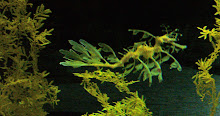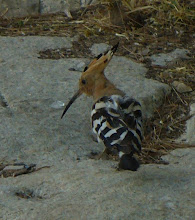I recently received my copies of a scientific paper to which I contributed. The paper is in a journal with (apparently) no web presence, so I’m posting the title, reference, abstract and some more information here-
“Morpho-like optical phenomenon in the neotropical lycaenid butterfly Mercedes atnius”,
Zsolt Balint, Serge Berthier, Julie Boulenguez & Victoria Welch,
Published in: Atalanta (sic), 40 (1/2), 263-272, Wurzburg, 2009 (ISSN 0171-0079)
Abstract: We report a study of two distantly related day-flying lepidopterous insects [Lepidoptera, Lycaenidae: Mercedes atnius (Herrich-Schäffer, 1853)., Nymphalidae: Morpho rhetenor (Cramer, 1775)]. Their wing dorsa generate superficially similar blue structural colour. Cover- and ground-scale layers in the wings of the species involved were investigated using optical and electronic microscopy to detect micro- and nanostructures. The layers of the scales in the two species are qualitatively different in terms of their morphologies and pigmentation. Wing reflectivity was measured using spectroscopic and sociometric techniques and simple models were proposed to analyse the measurements taken. Optical properties of the two butterflies are not as significantly different as their morphologies.
We hypothesise that the different wing-beats of the species examined have an important role and explain how the two optically similar phenomena can work differently in nature.
Background/ Significance of this paper: The Neotropical butterfly genus Morpho (Insecta: Lepidoptera: Nymphalidae: Morphinae) has received particular attention from entomologists, and physicists. The latter tend to focus their investigations on detecting micro- and nanostructures in the wing scales and on the mechanism by which these structures manipulate light.
Quite a number of papers have been published in the last decades on this topic in scientific journals in the physics literature. One of the most studied species is Morpho rhetenor (Cramer, 1775), probably because it has a relatively simple scale morphology compared with related species. However, some other Neotropical butterflies also possess Morpho-like vivid blue on their wing surface, including those in the genus Mercedes.
The full text of this article is available in the journal Atalanta, 40 (1/2), 263-272, Wurzburg, 2009 (ISSN 0171-0079).
Sunday, 15 September 2019
Subscribe to:
Comments (Atom)








